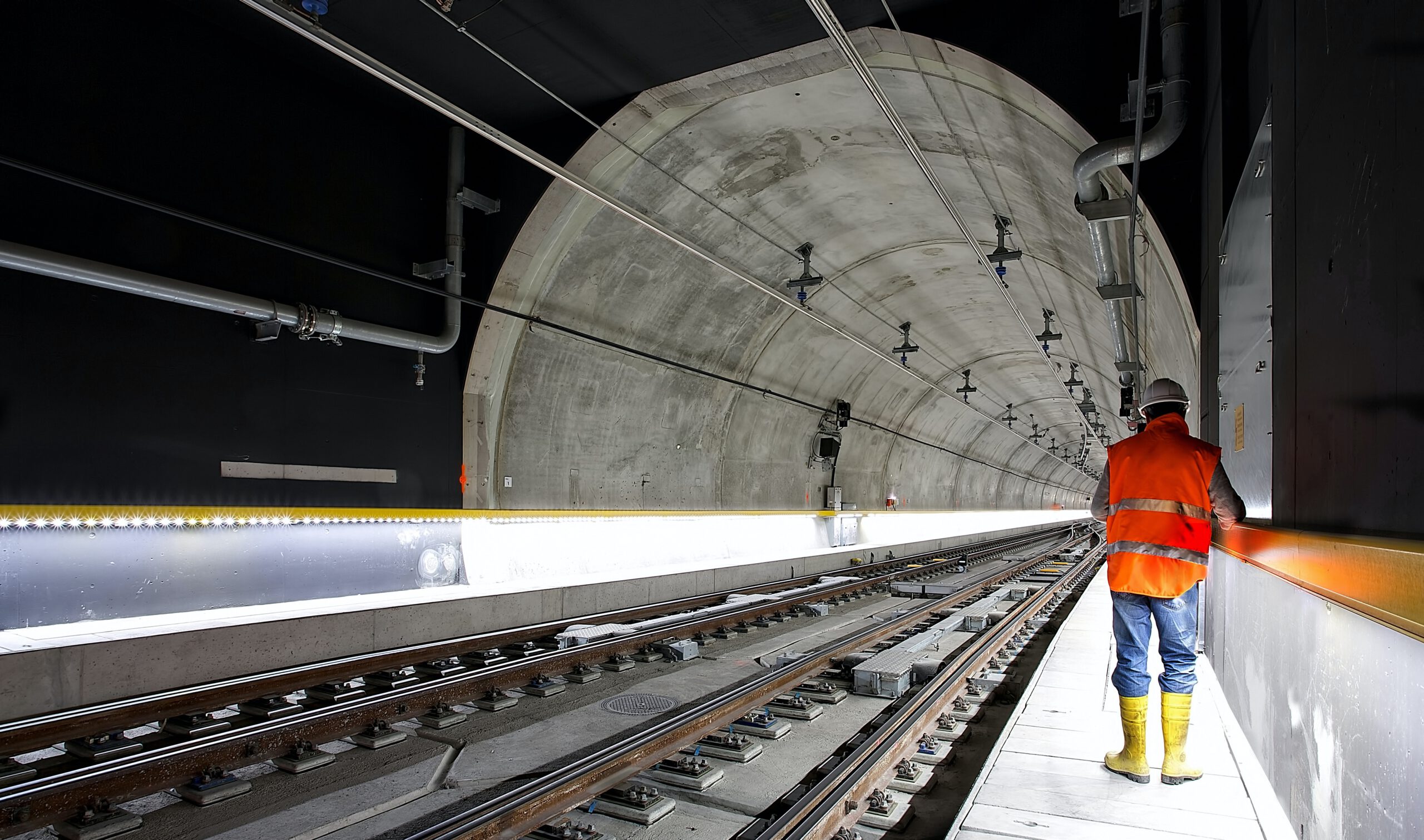
Over time Underground Expansion Joints may deteriorate due to factors such as wear and tear, aging, or changes in usage conditions. Refurbishing these joints ensures their continued performance and extends their service life.
Prior to the actual refurbishment the first step is to assess the current state of the expansion joint. This includes evaluating their condition, identifying any signs of damage or failure, and/ or determining the potential causes behind the deterioration or failure. Factors such as movement accommodation, material degradation, and environmental influences are taken into account. During the on-site inspection process, several key aspects are examined to assess the condition of the joints. Visual inspections are conducted to identify visible signs of wear, cracking, leakage, or displacement. Special attention is given to vulnerable areas such as joint seals, anchorages, and adjacent structures. In addition to visual inspections, non-destructive testing techniques may be employed to evaluate the internal condition of expansion joints. These techniques include ultrasonic testing, infrared thermography, or ground-penetrating radar to assess the extent of deterioration, corrosion, or hidden defects. Inspection of such joints also involves assessing the performance of the joint in accommodating movements and load transfers. Measurements may be taken to determine the joint’s ability to handle expected movements, as well as to identify any misalignment or excessive stresses.